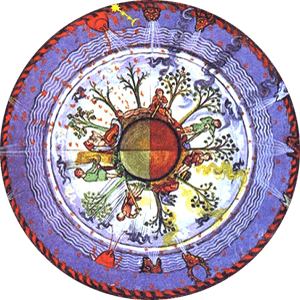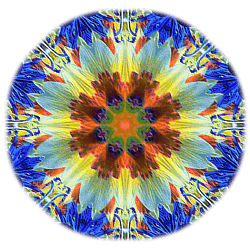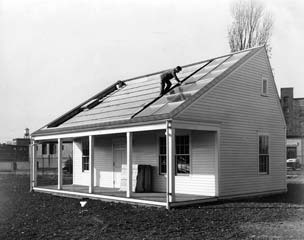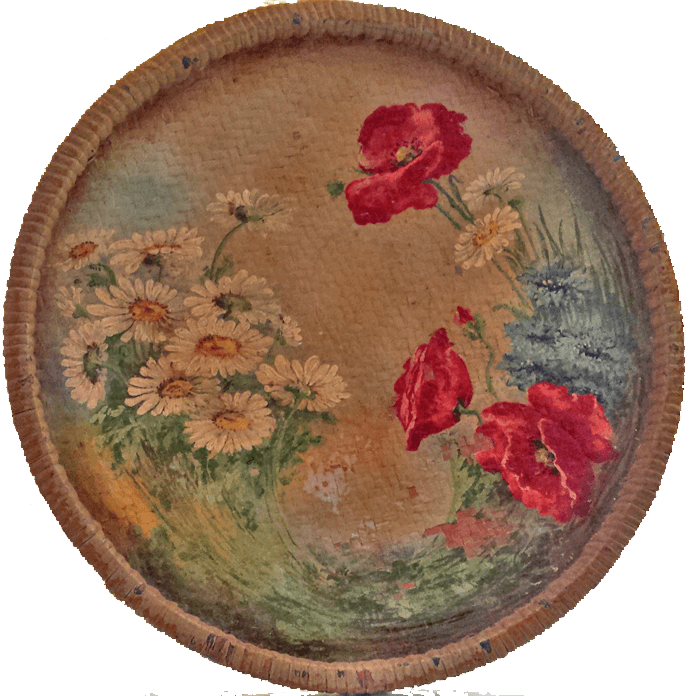
Celebrating creative energy and inspiration...
“good ideas”...visionary women in history
 Always a work-in-progress...
Always a work-in-progress...
please check back soon -
and send us your suggestions!
Why, the idea!
In my 30s, I began to seek out role-models among women I knew (or would like to know) who were 15, 30, 50 years older than I. These were women who were living lives or doing things that I could realistically aspire to (as opposed to so many of the amazing women profiled in other areas of The HildeGarden.) I’m still doing it...(although now anyone more than 40 years older than I would most likely not be walking on this earth) ...it might be for a single thing that they do...the way they dress or carry themselves...their courage, humor, wit...use of ellipses...
She loved the idea of ideas. As do I. It doesn't matter whose they are. Mine or someone else's.
When I was in high school, I would occasionally go on outings with my Aunt Mame and an elderly friend of hers, Rena Hodgson. Our travels would take us to various little old towns and historic sites in southern Ohio and Indiana, and usually involved “antiquing.” Mrs Hodgson (as we always called her) would have fit in perfectly as a character in Downton Abbey. A product of the Edwardian Era, she was small, spry, spunky, yet somehow elegant. In her 80s then, she wielded her walking stick in the manner of a dowager duchess. Yet she was quite down-to-earth: a doctor’s widow, she had also been an art teacher and a china painter. (The image is of a wicker tray she painted at age 82, and it rests on a shelf in our dining room today.)
I have such a vivid memory of her perched on a spindly chair, her walking stick balanced under one hand, listening to the proprietor who was showing her some object and explaining its unique purpose, then gently exclaiming: “Why, the eyedeeeaaa...”
She loved the idea of ideas. As do I. It doesn’t matter whose they are. Mine or someone else’s.
Good ideas are just a joy. And now, through this miracle of technology, they are being realized, shared, generated...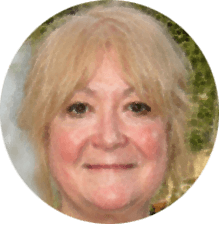
“The intellectual, the moral, the religious seem to me all naturally bound up and interlinked together in one great and harmonious whole.”
-Ada Lovelace
In 1842, Ada translated a short article by the Italian mathematician, Luigi Menabrea, called the Analytical Engine. On Charles Babbage’s request, Ada went on to expand on this piece of work until it was more than three times the length of the original and contained several prescient observations on how the machine could be used.
In one of her notes, Ada wrote an algorithm which she theorised could be used by the Analytical Engine to compute Bernoulli numbers. This is what lead to Ada’s famous nickname as ‘the first computer programmer.’ Her notes later inspired Alan Turing’s work on modern computers. -from Trailblazers
Ada Lovelace Day
Tuesday 11 October 2016
Ada Lovelace Day (ALD) is an international celebration day of the achievements of women in science, technology, engineering and maths (STEM).
Elizabeth J. Magie (1866−1948) invented The Landlord’s Game to teach players about the unfairness of “land-grabbing”, and the disadvantages of renting. Magie received a patent for the game in 1904, and self-published it in 1906.
Thirty years later, unemployed heating salesman Charles Darrow slightly changed the design of the board, renamed it Monopoly, and then claimed to have invented the game. In 1935, he applied for and received a patent for the new version. He sold the patent to Parker Brothers, and both he and the game company made a fortune.
Elizabeth, however did not. In 1935, she sold her patent for The Landlord’s Game to Parker Brothers for $500. Not much, considering that the game she invented is still one of the most popular board games played today.
“Children of nine or ten years […] can easily understand the game and they get a good deal of hearty enjoyment out of it. They like to handle the make-believe money, deeds, etc., and the little landlords take a general delight in demanding the payment of their rent. They learn that the quickest way to accumulate wealth and gain power is to get all the land they can in the best localities and hold on to it.”
— from The Lemelson Center for the study of innovation and invention
Solar-power pioneer and biophysicist, Maria Telkes (1900−1992) worked with architect Eleanor Raymond in 1947 to build the first home the USA that was entirely heated by solar power.
Eleanor Raymond (1887 – 1989) was an American architect with a professional career of some sixty years of practice, mainly in residential housing. She designed one of the first International Style houses in the United States, in 1931. She also explored the use of innovative materials and building systems, designing a plywood house in 1940 as well as one of the first successful solar-heated buildings in the Northeast, the “Sun House”, in 1948.
Raymond took part in a number of social movements of her day, including the women’s suffrage movement and the settlement house movement.

The Single-Handed Syringe
Letitia Geer was granted a patent in 1899 for a hand syringe with “the combination of a cylinder, piston, and an operating-rod which is bent upon itself to form a smooth and rigid arm terminating in a handle, which, in its extreme positions, is located within reach of the figers of the hand which holds the cylinder.” While it’s true that other types of syringes existed before this one, Geer’s invention is functionally the same syringe used today.
